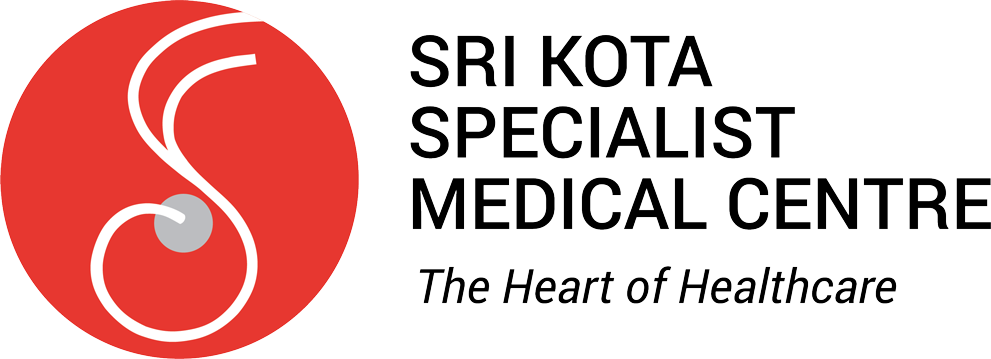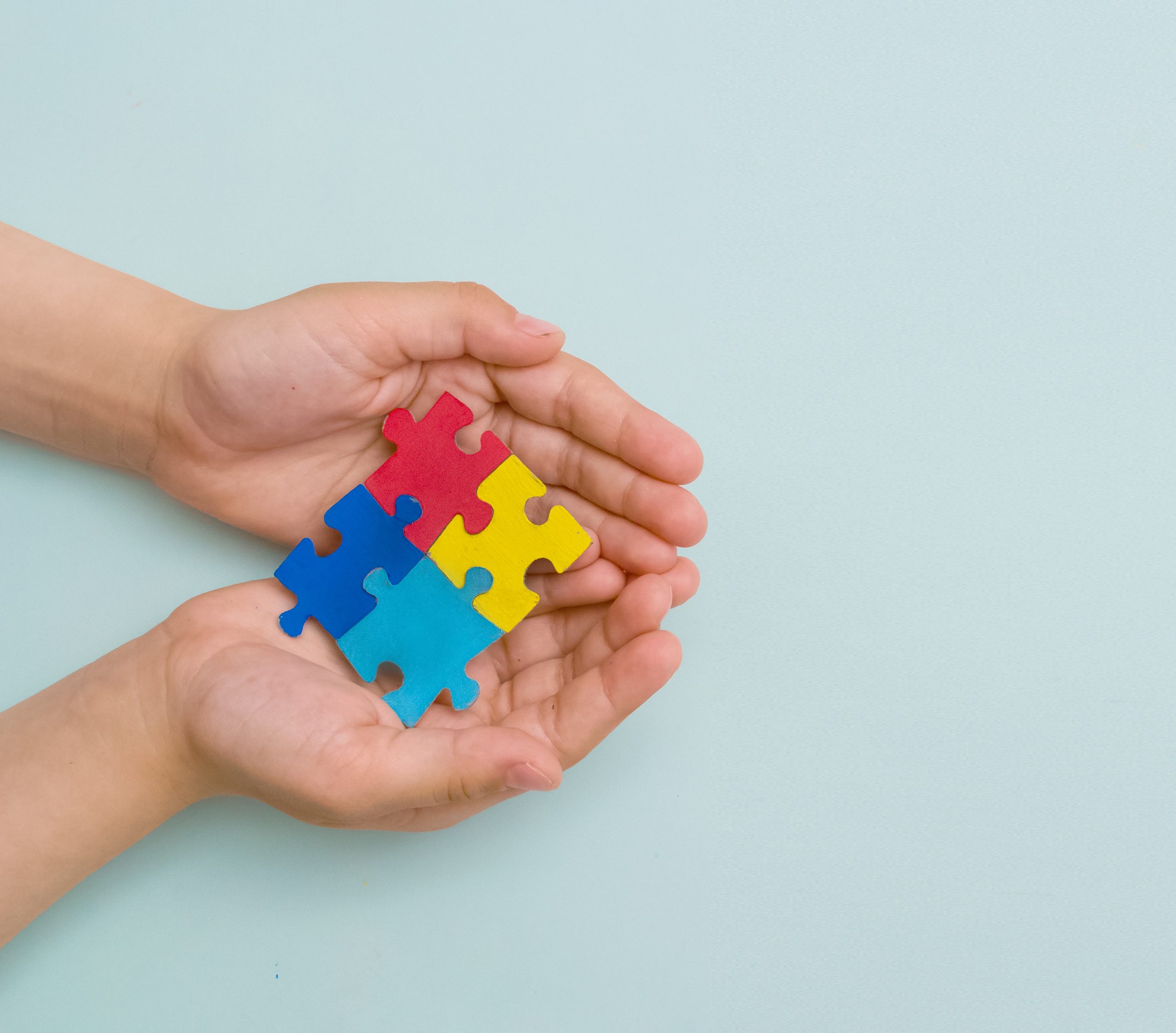What is Autism?
- What is autism spectrum disorder and what are the symptoms?
Autism spectrum disorder (ASD) is a complex developmental condition that involves persistent challenges in social interaction, speech and nonverbal communication and restricted/repetitive behaviors. The effects of ASD and the severity of symptoms are different in each person.
A diagnosis of ASD now includes several conditions that used to be diagnosed separately: autistic disorder, pervasive developmental disorder not otherwise specified (PDD-NOS), and Asperger syndrome. These conditions are now all called autism spectrum disorder.
Autism differs from person to person in severity and combinations of symptoms. There is a great range of abilities and characteristics of children with autism spectrum disorder — no two children appear or behave the same way. Symptoms can range from mild to severe and often change over time.
Characteristics of autism spectrum disorder fall into two categories.
1) Social interaction and communication problems: including
- Prefers to play alone
- difficulties in normal back-and-forth conversation
- reduced sharing of interests or emotions
- challenges in understanding or responding to social cues such as eye contact and facial expressions
- deficits in developing/maintaining/understanding relationships (trouble making friends)
- Has trouble understanding other people’s feelings or talking about own feelings
- Does not understand personal space boundaries
Communication
Each person with ASD has different communication skills. Some people can speak well. Others can’t speak at all or only very little. About 40% of children with an ASD do not talk at all. About 25%–30% of children with ASD have some words at 12 to 18 months of age and then lose them. Others might speak, but not until later in childhood.
Examples of communication issues related to ASD:
- Delayed speech and language skills
- Repeats words or phrases over and over (echolalia)
- Reverses pronouns (e.g., says “you” instead of “I”)
- Gives unrelated answers to questions
- Does not point or respond to pointing
- Uses few or no gestures (e.g., does not wave goodbye)
- Talks in a flat, robot-like, or sing-song voice
- Does not pretend in play (e.g., does not pretend to “feed” a doll)
- Does not understand jokes, sarcasm or teasing
2) Restricted and repetitive patterns of behaviors, interests or activities:
- Hand-flapping and toe-walking, rocks body, or spins self in circles
- Playing with toys in an uncommon way (such as lining up cars or flipping objects)
- Likes parts of objects (e.g., wheels)
- Having significant need for a predictable routine or structure
- Exhibiting intense interests in activities that are uncommon for a similarly aged child
- Gets upset by minor changes
- Experiencing the sensory aspects of the world in an unusual or extreme way (such as indifference to pain/temperature, excessive smelling/touching of objects, fascination with lights and movement, being overwhelmed with loud noises, etc)
Other Symptoms
Some people with ASD have other symptoms. These might include:
- Hyperactivity (very active)
- Impulsivity (acting without thinking)
- Short attention span
- Aggression
- Causing self injury
- Temper tantrums
- Unusual eating and sleeping habits
- Unusual mood or emotional reactions
- Lack of fear or more fear than expected
- Unusual reactions to the way things sound, smell, taste, look, or feel
2.What medical conditions are associated with autism?
In a small proportion of children with the condition, a specific medical disorder is identified, but the causal significance in many instances is unclear. Currently, the medical conditions that are associated with ASD include :
- Fragile X syndrome
- Tuberous Sclerosis
- Abnormalities of chromosome 15 involving the 15q11-13 region.
- Various other single gene mutations, genetic syndromes, chromosomal abnormalities and rare de novo copy number variants have been reported as being possibly implicated in etiology, as have several ante and post natal exposures and complications.
Autism spectrum disorders tend to be highly comorbid with other disorders. Comorbidity may increase with age and may worsen the course of youth with ASDs and make intervention/treatment more difficult. Distinguishing between ASDs and other diagnoses can be challenging, because the traits of ASDs often overlap with symptoms of other disorders, and the characteristics of ASDs make traditional diagnostic procedures difficult. Some of the known comorbidities are as follows:-
- Intellectual disabilities are some of the most common comorbid disorders with ASDs. Recent estimates suggest that 40–69% of individuals with ASD have some degree of an intellectual disability
- Learning disabilities are also highly comorbid in individuals with an ASD. Approximately 25–75% of individuals with an ASD also have some degree of a learning disability
- Gastrointestinal (GI) problems
- Epilepsy – occurs in 11–39% of individuals with ASD
- Feeding issues
- Disrupted sleep
- Attention-deficit/hyperactivity disorder(ADHD)
- Anxiety Disorder
- Depression-Rates of comorbid depression in individuals with an ASD range from 4–58%
- Obsessive compulsive disorder(OCD)
- Schizophrenia
- Bipolar Disorder
- What are some of the signs that can alert parents that their child might be autistic?
Possible “Red Flags”
A person with ASD might:
- Not responding to his/her name by 12 months of age
- Not pointing at objects to show interest by 14 months
- Not playing “pretend” games by 18 months
- Avoiding eye contact or preferring to be alone
- Getting upset by minor changes
- Flapping their hands, rocking their body or spinning in circles
- Having unusual and sometimes intense reations to the way things smell, taste, feel and/or look
- Delayed speech and language skills
- Have trouble understanding other people’s feelings or talking about their own feelings
- Repeat words or phrases over and over (echolalia)
- Give unrelated answers to questions
- Have obsessive interests
- How is autism diagnosed?
Associated question: Are there any tests for this?
Diagnosing ASD can be difficult since there is no medical test, like a blood test, to diagnose the disorders.
A diagnosis of ASD is ultimately made based on your description of your child’s development, plus careful observations of certain behaviors by your pediatrician, autism experts, medical tests, and your child’s history.
ASD can sometimes be detected at 18 months or younger. By age 2, a diagnosis by an experienced professional can be considered very reliable.
However, many children do not receive a final diagnosis until much older. This delay means that children with ASD might not get the early help they need.
During your child’s visits, the pediatrician may ask specific questions or complete a questionnaire about your child’s development. Pediatricians take these steps because they understand the value of early diagnosis and intervention and know where to refer you if concerns are identified.
- What are the known causes of autism?
We do not know all of the causes of ASD. However, we have learned that there are likely many causes for multiple types of ASD. There may be many different factors that make a child more likely to have an ASD, including environmental, biologic and genetic factors.
- Children who have a sibling with ASD are at a higher risk of also having ASD.
- Individuals with certain genetic or chromosomal conditions, such as fragile X syndrome or tuberous sclerosis, can have a greater chance of having ASD.
Several prenatal and perinatal complications have been reported as possible risk factors for autism. These risk factors include
- maternal gestational diabetes
- maternal and paternal age over 30
- bleeding after first trimester
- use of prescription medication (e.g.valproate) during pregnancy
- meconium in the amniotic fluid.
While research is not conclusive on the relation of these factors to autism, each of these factors has been identified more frequently in children with autism, compared to their siblings who do not have autism, and other typically developing youth.While it is unclear if any single factors during the prenatal phase affect the risk of autism, complications during pregnancy may be a risk.
- Is there anything couples who intend to have children should know in terms of preventing their future child from having autism?
While you can’t prevent having a child with an autistic disorder, you can increase your odds of having a healthy baby by doing these lifestyle changes:
- Live healthy.
- Have regular check-ups, eat well-balanced meals, and exercise. Make sure you have good prenatal care, and take all recommended vitamins and supplements.
- Don’t take drugs during pregnancy.
- Ask your doctor before you take any medication. This is especially true for some anti-seizure drugs.
- Avoid alcohol.
- Reducing Exposure to Toxins
- Avoid tobacco and caffeine
by Dr.Diana Bt Osman, Consultant Paediatrician

